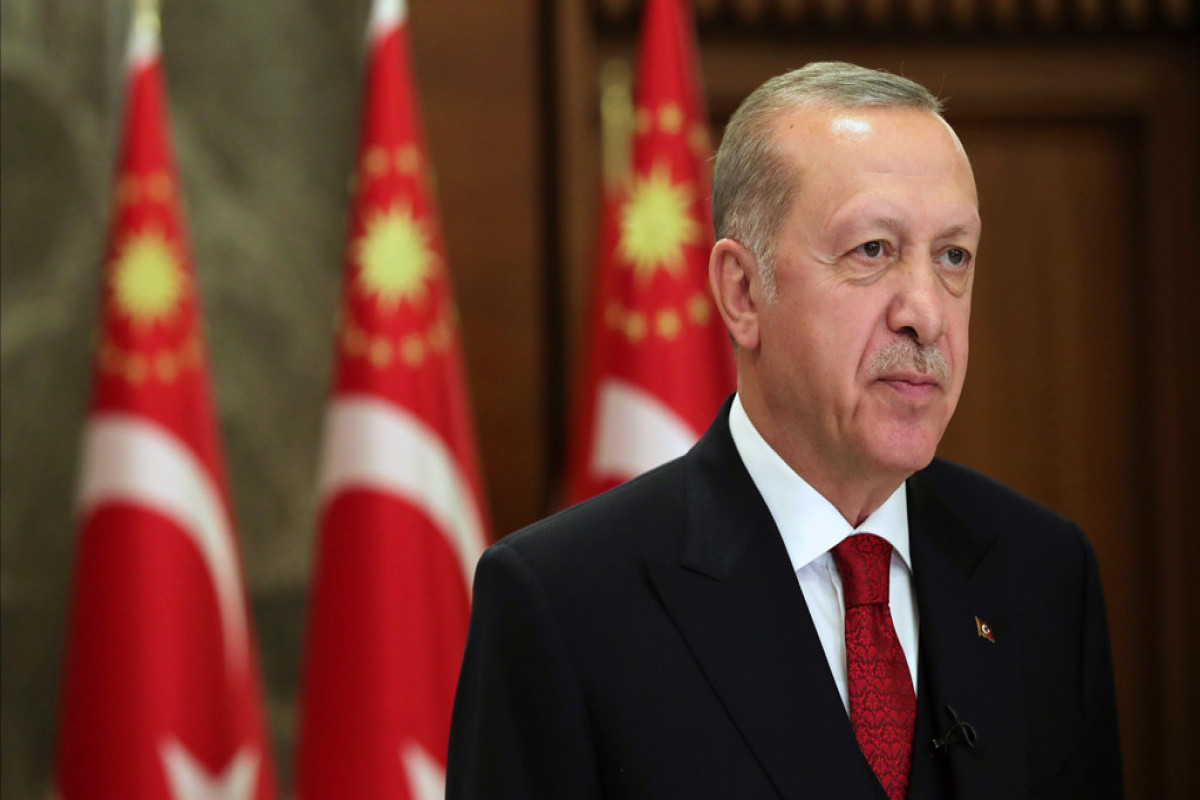Singapore on Saturday recorded 942 new coronavirus cases – its largest daily increase – taking its total infections to 5,992 and surpassing neighbouring Malaysia’s total of 5,305.
Figures released by the health ministry showed of the new infections, 893 – or 95 per cent – were work-permit holders living in dormitories, with only 14 infections among Singapore citizens or residents.
A surge in infections among Singapore’s 323,000 migrant workers, who live in cramped conditions, has become the latest challenge in the city state’s battle against the coronavirus. As of Friday, they made up some 65 per cent of Singapore’s total infections.
Associate professor Jeremy Lim of the National University of Singapore’s Saw Swee Hock School of Public Health said the drastic jump in cases was not surprising.
“A rise in cases is to be expected but expectations around the magnitude really depend on how many dormitory residents were tested and the proportion of positive cases out of the total tested,” he said.
Leong Hoe Nam, an infectious disease expert at Singapore’s Mount Elizabeth Novena Hospital, said the surge in cases was the result of actively weeding out infections.
Singapore has a population of 5.6 million, a fraction of neighbouring Malaysia’s 31.5 million. The city state has conducted more than 94,000 tests as of April 14, or about 16,600 swabs per 1 million people. Malaysia is testing about 11,500 people per day, and at the end of March had provided about 1,000 tests per 1 million people – far fewer than Singapore.
“In trying to weed out the cases, we are trying to purge and sterilise Singapore again … You pay a price now to dampen the epidemic later,” Leong said, suggesting that the “peak” for cases in Singapore would likely come in the next 10 to 14 days.
Even though the headline numbers looked daunting, he said the majority of Singapore’s cases were “locked in” in dormitories, meaning the risk of further community transmission was “very, very small”.
Lim from the National University of Singapore, however, struck a more cautionary tone, saying Singapore was “compact with lots of … flow across different communities”, making it more susceptible to community transmission, although the number of cases in the general community seems to have stabilised at 32 new infections per day in the past week.
Lim said it was clear the authorities were “struggling to get on top of the dormitory outbreaks”. The manpower ministry has locked down 12 of the country’s 43 mega-dormitories, meaning workers must stay in their rooms as much as possible with meals sent to them.
“We are identifying many more cases due to active testing but more important than that, the virus has spread and is likely still spreading within the dormitories,” Lim said. “The government measures to contain the outbreaks are the right ones and hopefully they will quickly bring the dorm outbreaks under control.”
Malaysia’s director general of Health Noor Hisham Abdullah on Friday said authorities were monitoring Singapore’s situation given Malaysia also hosts thousands of foreign workers. It also planned to expand testing of migrant workers but has yet to detect any clusters among them.
Malaysia on Saturday recorded its lowest daily increase in cases over the past month, at 54, after previously recording triple-digit daily jumps. It has reported some 3,000 recoveries, accounting for about 56 per cent of its total cases. In Singapore, 708 people – or 14 per cent – have recovered.
To contain the outbreak Malaysia has imposed nationwide restrictions on movement and closures of schools and many shops since March 18. Noor Hisham previously said he expected infections to peak in mid-April in line with the World Health Organisation’s estimate.
Singapore waited until April 7 to impose a partial lockdown, with most workplaces shut and schools closed as authorities tightened measures governing social gatherings.
Asok Kurup, an infectious diseases doctor at Mount Elizabeth Novena Hospital, said it was hard to compare the situations in Singapore and Malaysia as the latter did not have a “captive audience” like the city state’s dormitories.
“We are going out there to seek the cases purposefully because there is a captive audience and numbers are going to be fairly explosive,” he said, adding that in Malaysia authorities were testing those who became ill.
Kurup said that as Singapore entered its second week of its partial lockdown, the effects of the measures would likely take effect in “in a week or two” if people complied with social distancing rules.
Lim said the coming week would be “critical” for Singapore, but added that its partial lockdown appeared to be reducing community spread.
“But Singapore’s numbers will depend on whether we can contain the outbreaks in the dormitories and also minimise the spread of the outbreaks beyond the dormitories,” he said.
“Hence, we have to remain extremely vigilant and also adherent to the ‘circuit breaker’ measures and support our foreign workers so that they can likewise be adherent to the measures.”
Singapore's Prime Minister Lee Hsien Loong on Saturday said in a Facebook post that the number of infections found in dormitories was expected to rise but that in the broader community, there are “few early signs that the circuit breaker is bringing cases down”.
“But we are still worried about hidden cases circulating in our population, which are keeping the outbreak going,” Lee said. “The next few days will be critical.”






